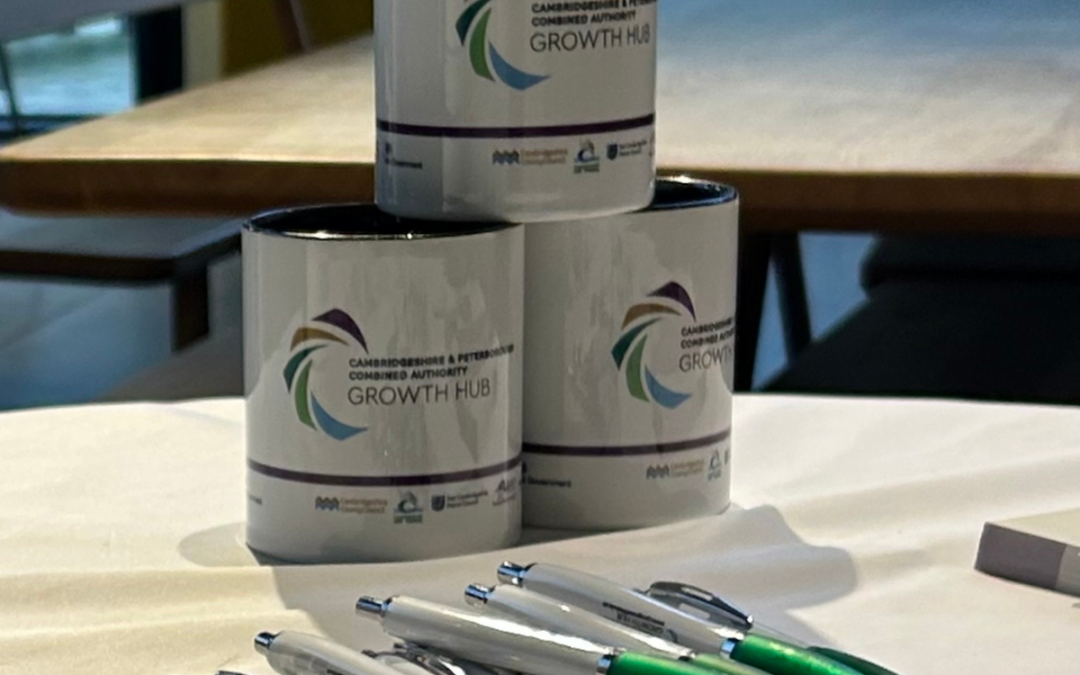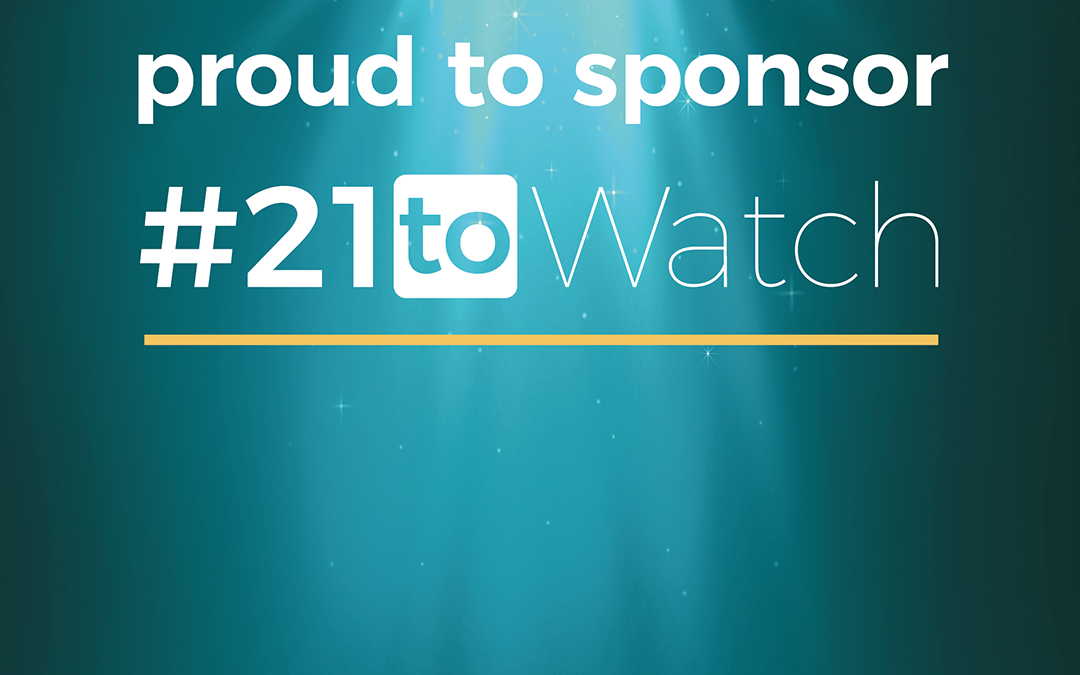The Zero Carbon Communities Grant Scheme supports communities in South Cambridgeshire to take action on climate change.


The Zero Carbon Communities Grant Scheme supports communities in South Cambridgeshire to take action on climate change.

Plunkett UK is a charity that works to support groups to set up community businesses, helping them to save their assets and run them in a sustainable and impactful way.
With funding from the Cambridgeshire and Peterborough Combined Authority, Plunkett is currently able to offer early-stage community businesses free advice and support on how to get their business off the ground, including guidance on community engagement, legal structures, business planning and raising the funds to do it.

St John’s Innovation Centre, Cambridge’s original technology incubator, has entered an exciting new phase. After more than 15 highly successful years in charge of the centre, Managing Director David Gill is moving on, making way for a dynamic new management team.

Test Labs, based in Peterborough, is the only accredited Laboratory in the UK for crucial medical...

The government launched the Rural England Prosperity Fund (REPF) prospectus as part of the...

ARU Peterborough experts are making a big difference to Britain’s smallest firms ARU Peterborough...

The CPCA Growth Hub were proud Sponsors of the much anticipated 21toWatch Awards hosted by Faye...

Organised by leading tech and PR company, Cofinitive -21towatch is back! #21toWatch is a dedicated...

People with an idea for a start-up business, or those who own a business that has been trading for...

Plans for the first phase of regeneration around the area of Peterborough Train Station – known as...